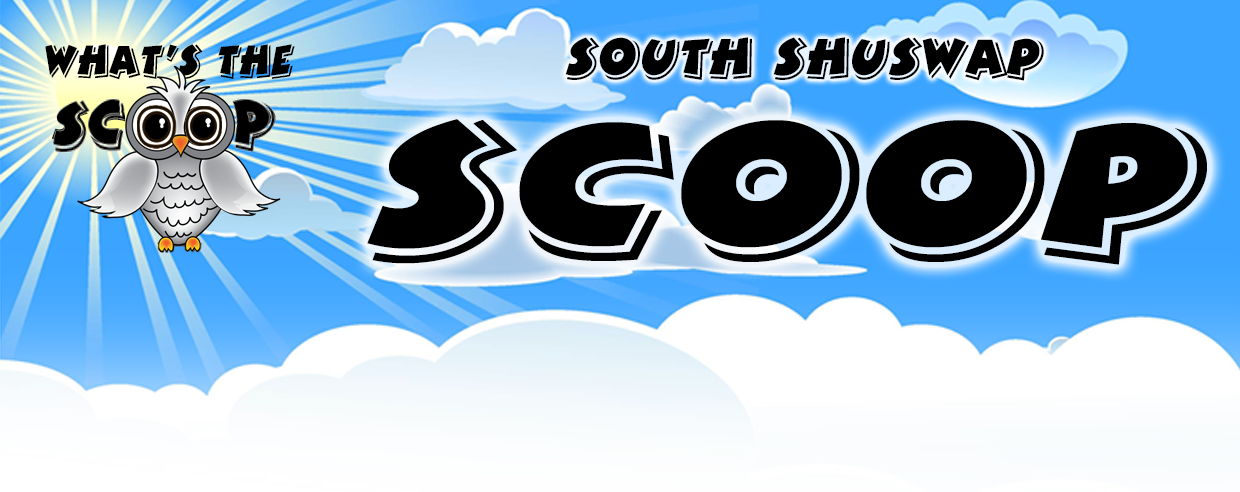FireSmart and NEP Address Wildland/Urban Interface Concerns
By Barbra Fairclough
The FireSmart Program has been active in the Shuswap for several years now and as residents have FireSmart assessments completed for their home and property, they are turning to a whole community view to fire safety. Several neighbourhoods are becoming FireSmart Certified.
The Villas at Blind Bay first became certified in 2019 and they have self-organized to be stewards of neighbourhood fire safety ongoing. Len Youden, CSRD FireSmart Coordinator confirms that FireSmart planning is an evolving process that is part of ongoing vigilance in your own neighbourhood. Every year a plan is reviewed and activities undertaken to maintain a defensible space against fire.
Residents at Caen Road in Sorrento as well as the Villas on Blind Bay Road are just two examples of FireSmart Certified communities and have continued with the program since initial certification.
Community FireSmart certification is important because wildland/urban interface (WUI- pronounced woo-ee) zones have a naturally increased exposure to the risks associated with wildfire. Firesmart Canada describes the WUI as the area where human development meets or intermingles with the natural environment.
The Community Firesmart Program can make it possible to live safely in these areas.
Your neighbourhood becomes a defensible space against wildfire and helps prevent fires from advancing and endangering homes and lives. It reduces the probability that wind driven embers falling far ahead of a wildfire will ignite a fire on or around your home.
The WUI fuel complex refers to the uniquely complex conditions affecting ignition and spread of fire that are different than isolated structural or wildland fire. Wildland fuels and built fuels all have different burning characteristics. When combined, they create uniquely complex conditions that affect the ignition and spread of fire that are very different than the conditions created by an isolated structural or wildland fire.
By understanding the complexities of these combined fuels, along with consideration for topographic and weather conditions affecting the combustibility of these fuels, we can better appreciate the unique and often overwhelming challenges that a WUI fire presents, especially when it comes to suppression attempts.
If you are part of a Neighbourhood Emergency Plan (NEP) through the Shuswap Emergency Program it is a natural fit to participate in the FireSmart program. Some other neighbourhoods are in the process of becoming certified. If you are interested in the Community Firesmart Certification, contact a FireSmart specialist to evaluate wildfire readiness.
The wildfire specialist will complete the evaluation and meet with the community reps for review and acceptance of the plan. The plan identifies locally agreed upon solutions the community can implement. The Firesmart Rep works with your group and can support the plan with funds or material support and the community can plan and track its progress.
When the plan is complete for the current year, a report is submitted and an annual report is issued that documents continuing firesmart compliance.
To have a Neighbourhood Emergency Plan call Cathy Semchuk, Shuswap Emergency Program Coordinator at 250 833 5927. To have a firesmart Assessment visit https://www.csrd.bc.ca/261/FireSmart-in-the-CSRD to fill in the form.
Information for this article is courtesy FireSmart Canada


